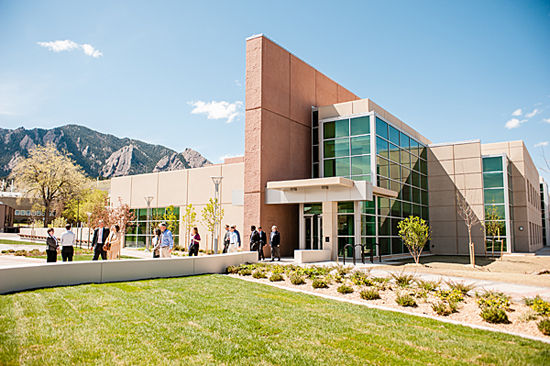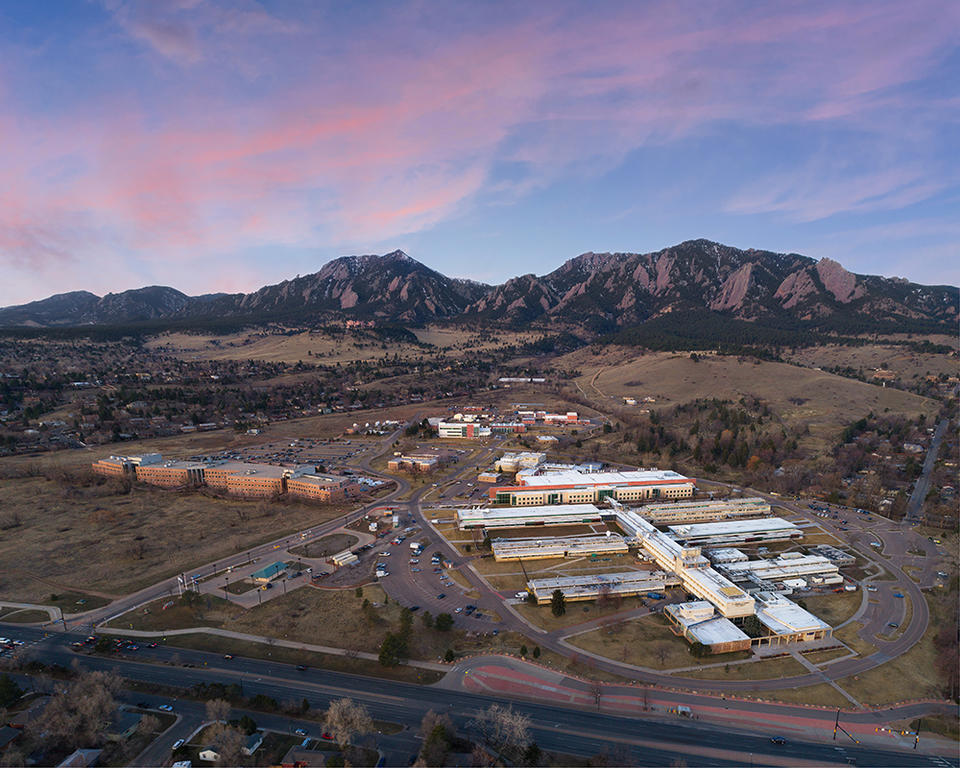From October 29 through 30, 2019, additive manufacturing experts are invited to a roadmapping workshop at the National Institute of Standards and Technology (NIST) in Boulder, Colorado. Launched in collaboration with UV+EB photopolymer chemistry nonprofit RadTech, the workshop aims to tackle the future of photopolymer 3D printing – it’s challenges and what is needed to advance SLA, inkjet and other related technologies.
At the core of some of the most well established 3D printing modalities, photopolymers are broadly applied in jewelry, dental, automotive and dental sectors, among others. NIST and RadTech however believe that the commercial application of these materials is barely scratching the surface of their true capabilities.
In Roadmapping a Future for Stereolithography, Inkjet, and Beyond, the hosts will be collecting the thoughts and views of industry stakeholders to plan a route forward for this section of the 3D printing sphere. Speakers at the event will include representatives of 3D Systems, Carbon, Formlabs, Lawrence Livermore National Laboratory (LLNL), Ford Motor Company and more.
I caught up with NIST researchers and photopolymer workshop committee members to discover more about the projected objectives of their roadmap, and unexplored areas of SLA.

Regulation, sustainability and hybrid photopolymers
Dr. Mike J. Idacavage is a member of the organizing committee for Roadmapping a Future for Stereolithography, Inkjet, and Beyond. With decades of experience in the UV curing industry, Dr. Idacavage also had a fundamental role in the coordination of RadTech’s BIG IDEAS for UV+EB Technology Conference held in March 2019. “In a way,” he explains, “the BIG IDEAS conference helped plant the seeds for this workshop. One thing that was missing from the many excellent industry and academic talks at BIG IDEAS was a discussion on setting standards and focusing on the critical needs for additive manufacturing.” NIST Materials Research Engineer Dr. Callie Higgins first approached Dr. Idacavage with the idea for the workshop, and since then he has been involved in its development.
Over the course of the event, Dr. Idacavage believes one of the overarching focuses will be the need for more sustainable photopolymers, “along with,” he adds, “a start on developing uniform test methods for both materials and printed objects.” He also believes there will be recommendations relating to regulation and health and safety in the field. “On a more technical focus,” Dr. Idacavage says, “hybrid material systems will be gaining interest as that greatly expands the performance of an AM printed part for commercial applications.”

The future of SLA
As coordinator of the Roadmapping a Future for Stereolithography, Inkjet, and Beyond workshop, Dr. Higgins seeks to address a fundamental knowledge gap in photopolymer behavior. “In my PhD work,” she explains, “I realized there’s a huge gap – missing pieces of fundamental understanding that are required for this process to be a truly useful technology, and we have a unique opportunity with this workshop to find and address these missing pieces.” Crucially, Dr. Higgins adds, “Stereolithography is a buzzword, and it’s going to stay solely a buzzword instead of a mainstream manufacturing technology if we don’t understand and reverse engineer the inherent chemical and mechanical heterogeneity in these printed structures.”
The ability to control material chemistry during a print is one of the unique attractions of SLA as a method. Dr. Higgins adds, “This process, in theory, could allow you to completely engineer the material properties from the basic building block of a single voxel.” It is also one of the characteristics that makes SLA such an attractive possibility to the generally overlooked area of tissue engineering. This is another area expected to be explored as part of the upcoming workshop. “Cells respond to sub-micron level mechanical and chemical cues,” Dr. Higgins explains, therefore, if characterization is not exact, cells won’t develop into the prescribed tissue desired. Material selection is another advantage of SLA in bioprinting. Limited only by the wavelength of light and the chemistry used, both of which can be changed, Dr. Higgins explains:
“With SLA, the variety of photopolymeric materials is essentially boundless.”
Attend Roadmapping a Future for Stereolithography, Inkjet, and Beyond
In organizing the workshop, Dr. Higgins is joined by Dr. Jason Killgore, leader of the Scanned Probe Microscopy (SPM) for Advanced Materials and Processes project in NIST’s Nanoscale Reliability Group. Speaking generally of the reasons behind the chosen topic of the event, Dr. Killgore says, “NIST has been deliberate to not pick winners or losers in specific additive manufacturing technologies.”
“Rather,” he adds, “we have tried to allocate efforts to solve critical measurement and standards challenges for a wide range of metals and polymers methods.”
As an industry-facing government agency, part of the United States Department of Commerce, NIST is uniquely positioned to help support the development of promising technologies. Dr. Killgore adds, “Photopolymer AM is a really exciting avenue for NIST because it combines technical expertise in materials, optics, and more.”
On day one of the upcoming workshop, NIST and RadTech will host talks on the topics of materials characterization and standards. Following these seminars, there will be several breakout sessions giving attendees to the opportunity to discuss pertinent questions for the industry, namely:
– Where is the field heading in terms of technology?
– Are there measurement barriers to achieving those technology goals?
– Are there standards barriers to achieving those technology goals? And,
– What single advancement would produce the most tangible, positive change to the light-based AM industry?
Following discussions, on day two attendees will be given the opportunity to tour photopolymer laboratories at NIST and other nearby facilities including 3D Systems’ Healthcare in Littleton, CO.
For those looking to attend the Roadmapping a Future for Stereolithography, Inkjet, and Beyond workshop on 29 through 30 of October 2019 you can pre-register your attendance here.

For coverage of the latest 3D printing industry events and more news, subscribe to our newsletter, follow us on Twitter, and like us on Facebook. Find talent for a project, or advance your career in 3D printing – join 3D Printing Jobs to apply and advertise.
Featured image shows an aerial photograph of NIST research facilities in Boulder, Colorado. Photo via. NIST



